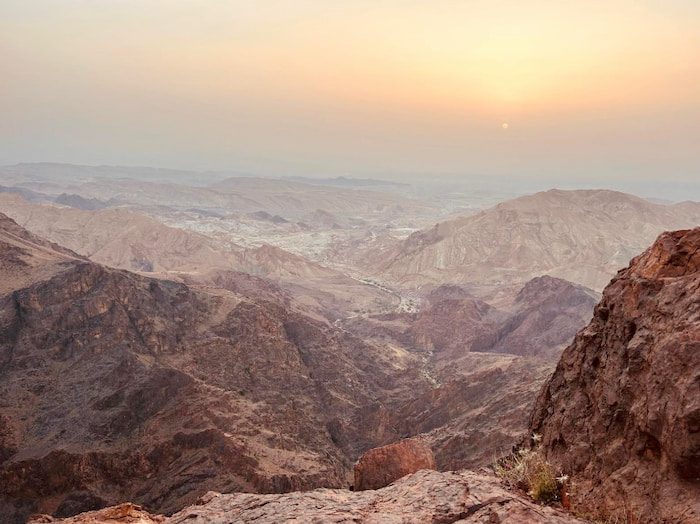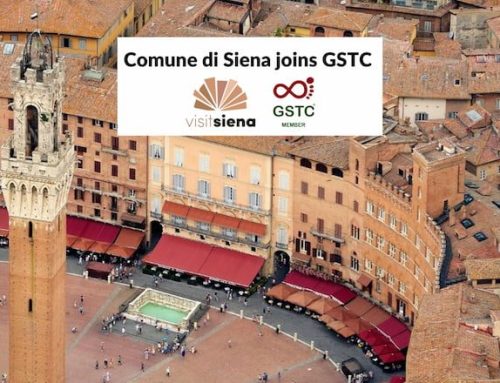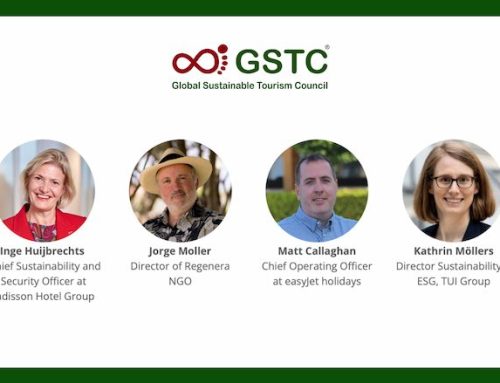The Global Sustainable Tourism Council (GSTC) conducted a Destination Assessment of Petra, Jordan, from May to August 2023. GSTC expert Assessors completed an unbiased assessment of the management of the destination’s compliance with the GSTC Destination Criteria (GSTC-D), the global standard for sustainable destinations.
Petra Overview
Petra, the capital of the Nabataean Arabs, is one of the most famous archaeological sites in the world. Located 240 km south of Amman, Petra is the most famous site and tourist attraction in Jordan, visited by tourists worldwide. Petra is a unique example of an astonishing ancient civilization. More than 2,000 years ago, the Nabataean Arabs perfectly carved this magnificent city into the mountains. Petra was rediscovered in 1812 by the Swiss explorer Johan Ludwig Burckhardt during an expedition funded by the British Royal Geographical Society in the Levant, Egypt, and the Arabian Peninsula. Because the city remained hidden from the Western world for so long, Petra was named the “Lost City”. It has been a UNESCO World Heritage Site since 1985.
Tourist numbers peaked at 1.1 million in 2019, marking the first time the figure rose above the 1 million marks. The COVID-19 pandemic hit the city tourism, but soon after, it started to pick up again, reaching 905,000 visitors in 2022.
GSTC Destination Assessment of Petra, Jordan
The GSTC Destination Criteria (GSTC-D) covers four pillars of destination sustainability: destination policy and planning, community involvement and benefits, management of cultural assets, and management of environmental and natural resources.
The GSTC Destination Assessor, Dr. Mihee Kang, conducted an assessment of current tourism activities and management approaches with the support of Nastadeem/EcoHotels and the Petra Development & Tourism Region Authority (PDTRA). The assessment included a 6-day onsite visit by the assessor who interviewed relevant authorities and stakeholders to verify compliance with the GSTC-D. There also was an introductory opening workshop that was held on May 21, 2023.
A peer review was conducted by Dr. Kelly Bricker, Vice Chair of GSTC and Professor and Director of the Hainan-Arizona State International Tourism College (HAITC), located in Phoenix, Arizona. The goal was to enhance the objectivity and rationality of the evaluation results. The GSTC Assessor analyzed the destination’s feedback before finalizing and submitting the destination’s sustainable tourism assessment report.
“We are committed to sustainability.” Said Dr. Fares Braizat, Chief Commissioner of the PDTRA. “This is the first step towards transforming Petra into a world class sustainable tourism destination.”
“We will continue the journey with the GSTC to implement the recommendations in the assessment and to train the tourism sector on the GSTC Criteria.” Added Eng Hamzeh Al-Alayani, Commissioner for Investments and Infrastructure at the PDTRA.
Key Takeaways
The Ministry of Tourism and Antiquities and PDTRA have established plans for tourism development and management in Petra in collaboration with organizations such as UNESCO, USAID, etc.
Japan International Cooperation Agency (JICA) has been developing the ‘Petra Tourism Development Master Plan’ and already published its ‘Volume 1: Diagnosis‘ as a first part of the project result in February, 2022. The Petra Destination Assessment is supported by JICA as an activity aligned with its master planning. It is a significant stride forward towards not only enhancing tourism in Petra but also promoting sustainable development in the region.
More information about the GSTC Destination Assessment is available here.






